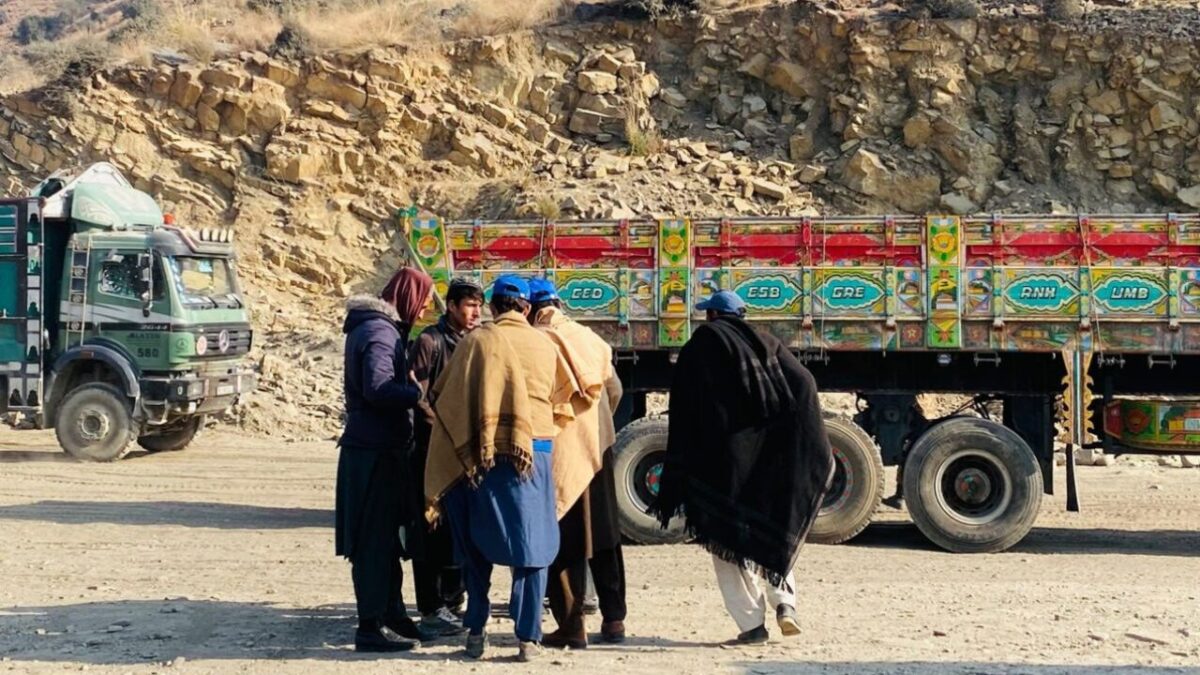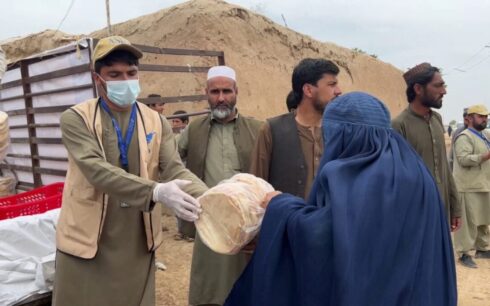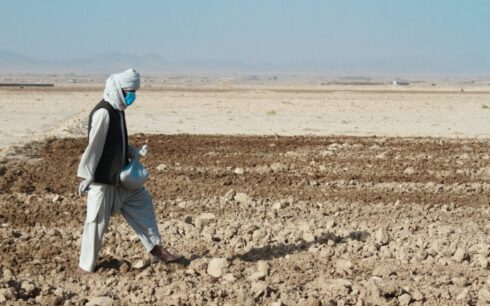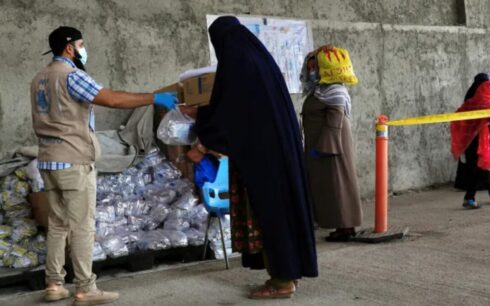Nearly one million migrants returned to Afghanistan from Iran and Pakistan in the last three months of 2024, the International Organization for Migration (IOM) reported, adding that during the same period, 740,356 individuals left the country.
The IOM’s Displacement Tracking Matrix (DTM) recorded 983,055 arrivals into Afghanistan between October and December 2024.
Data was collected from ten border crossing points, categorized as either major crossings connected to national highways—such as Islam Qala, Milak, Spin Boldak, and Torkham—or smaller, secondary crossings.
In addition, IOM said it interviewed over 76,000 individuals to better understand their reasons for returning, documentation status, and intentions for staying in Afghanistan.
Iran and Pakistan have hosted Afghan migrants for decades, with approximately 3.75 million Afghans residing in Iran and 2.05 million in Pakistan as of late 2024, IOM says. Historically, cross-border movement has been driven by economic opportunities, healthcare access, family connections, and security concerns.
However, 2024 saw significant policy shifts aimed at reducing Afghan migrant populations in both countries:
Pakistan implemented its “Illegal Foreigners’ Repatriation Plan (IFRP),” with new deportation phases announced in April and June. In November, Afghan nationals were barred from remaining in Islamabad without special permissions.
Iran announced plans to deport two million Afghan nationals by early 2025 and introduced measures to reduce the Afghan migrant population by 10 percent annually. These measures include the construction of a border wall with Afghanistan.
The rising pressure from deportation policies, coupled with economic challenges and strained public sentiment in host countries, has forced many Afghan migrants to return home. In interviews conducted by IOM, returnees cited reasons ranging from lack of legal documentation and fear of deportation to economic difficulties in Iran and Pakistan.
The large influx of returnees poses significant challenges for Afghanistan, which continues to grapple with economic instability and humanitarian needs. With limited infrastructure to support reintegration, many returnees face uncertain futures.
The IOM report also highlights the need for continued monitoring of cross-border movement to better understand the demographics and motivations of those affected.





